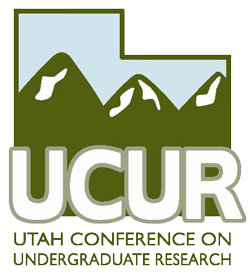Document Type
Presentation
Journal/Book Title/Conference
Presented at Utah Council for Undergraduate Research, February 28, 2014
Publication Date
2-28-2014
Faculty Mentor
Andrew Kulmatiski
Abstract
For thousands of years farmers have known that soil organisms can destroy crops but only in the past ten years have researchers begun to understand that complex interactions among soil organisms and plants can determine plant diversity and productivity. Much of the research in this young field of study has come from qualitative greenhouse experiments and separately from simple mathematical models. Here, we report findings from a six-year plant-soil feedback (PSF) field experiment that assessed the effects of soil organisms on the growth of twelve plant species common to the intermountain west. Initially, twelve native and exotic species were randomly assigned to 1550 experimental plots in a field. After four years of growth, the plants were killed. Next, the same plant species were randomly assigned to the 1550 plots again to test how each plant species responded to the soil microbial communities ‘cultivated’ by each other plant species. Two years later plant growth responses to different soil types were measured. Most plants showed large growth differences on different soil types. For example, Bromus tectorum grew twice as much on Pseudoroegneria spicata-cultivated soils than on self-cultivated soils. When the plant growth responses observed in this experiment were used in a mathematical model, PSFs were found to play a critical role in determining which plants were likely to be dominant in a community and how productive these different plant communities would be. In summary, this large-scale experiment provides strong evidence for the role of PSFs in plant productivity and diversity. Results have implications for natural methods of effective native plant restoration, biofuel production and weed control.
Recommended Citation
Engelenhoven, Molly Van, "Plant-‐Soil Feedback of Native and Exotic Species in the Intermountain West" (2014). Presented at Utah Council for Undergraduate Research, February 28, 2014. UCUR. Paper 9.
https://digitalcommons.usu.edu/ucur/9


